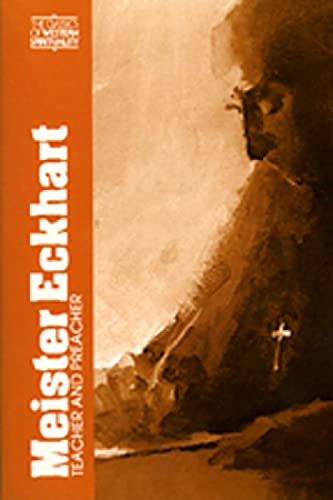Pieter Verhoef, Professor of Old Testament, Emeritus, of the University of Stellenbosch, has provided an addition to The New International Commentary on the Old Testament that can only enhance the reputation of the series.
Whilst writing from an evangelical position, Verhoef interacts with the views of a wide range of scholars. This makes the commentary thorough and detailed. It also provides the reader with a good overview of the state of scholarship regarding the two books and an excellent source of references to follow up points of detail. However, although the detailed discussions make the commentaries demanding reading at times, they are not so detailed and technical as to be daunting for the preacher in distinction to the student.
There is a thorough introduction to each book. This discusses the usual topics such as authorship, unity, historical setting, style and text. Here there is an interesting, but not totally convincing, defence of the view that Malachi prophesied in the period between Nehemiah’s two terms as Governor in Jerusalem, i.e. shortly after 433 bc. The introduction includes a structural analysis. This lays an important basis for the commentary on the book, because an innovation in these commentaries is the use of structural analysis as an exegetical tool. Verhoef says in the introduction to Malachi, ‘… we have applied a modest structural analysis to the book of Malachi. It concerns mainly the division of the book into pericopes, the analysis of sentences (prose), stichoi (poetry), and discourses, and a consideration of various literary devices’ (p. 171). He recognizes that ‘Structural analysis as an exegetical method is in dispute’, but ‘deems it one of several methods to establish the meaning of a passage. It concentrates attention upon salient points in the exegesis, and is in itself a significant antidote for deliberately dismembering a literary unit’ (p. 25). In fact Verhoef uses his analysis to refute, for example, attempts to disentangle and rearrange different strands in Hag. 1:1–11. Structural analysis such as Verhoef uses is at its strongest when it rests on literary devices (e.g. word-plays, parallelisms, chiasmus) as indications of the intended structure. Its danger is that the commentator may impose a structure on the work. In his ‘modest’ approach Verhoef seems, in this reviewer’s opinion, to have avoided this danger.
Like all the commentaries in this series, the two in this work have as their starting point translations provided by the commentator. The footnotes to these contain valuable discussions of variants in the ancient witnesses and more recent suggested emendations of the Masoretic Text. Where relevant, these are dealt with in more detail in the commentary. On the whole Verhoef concludes that ‘the majority of proposed alterations to the text are really unnecessary’ (p. 18).
A valuable feature of the commentaries is the author’s attempt ‘to stress the relevance of the prophet’s message in terms of continuity and discontinuity for the Christian church’ (p. vii). He does this in two ways. The sections of the Introductions which discuss the message of the books contain assessments of the theological significance of the prophets’ message for today. This is not done in a simplistic way that ignores the historical and cultural gap between then and now. It is based on appreciating the theological content of the original message and trying to see its meaning for us in the light of Christ’s work. The same approach is the basis of short indications of the contemporary applications of the prophets’ messages which occur at the end of several sections of commentary proper. This, of course, enhances the value of the commentaries for the preacher and Bible study group leader.
Ernest Lucas
Bristol Baptist College







